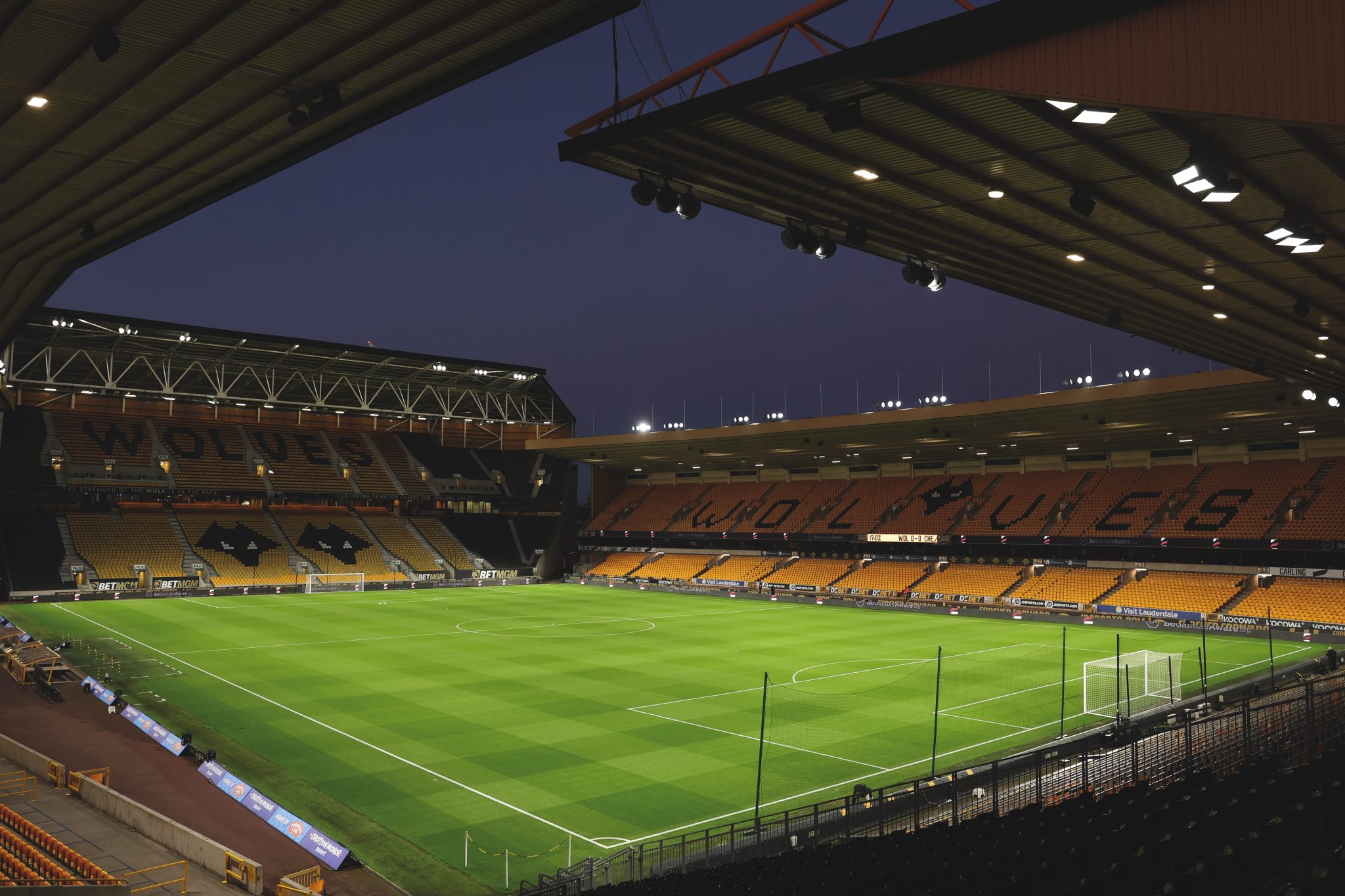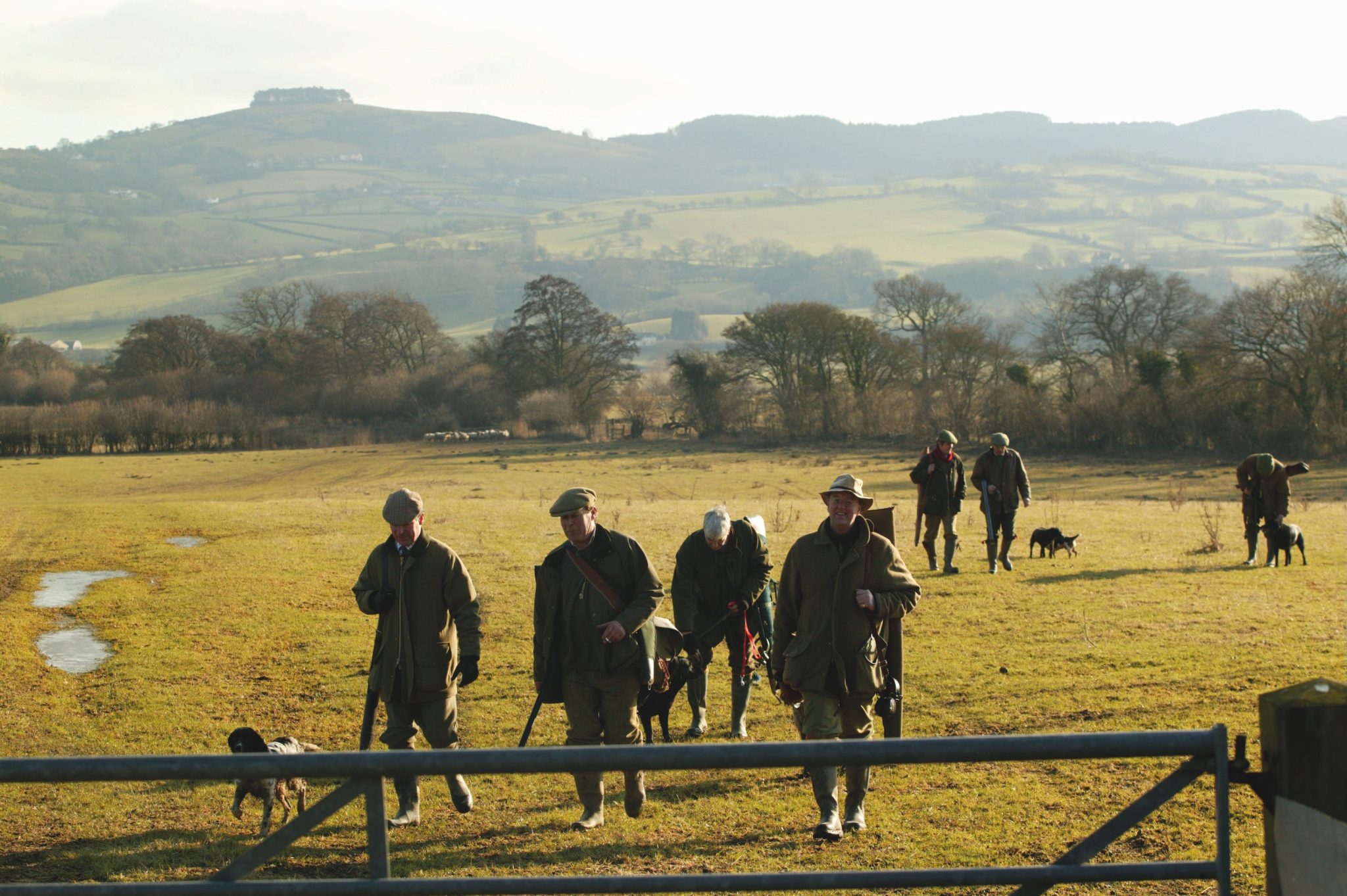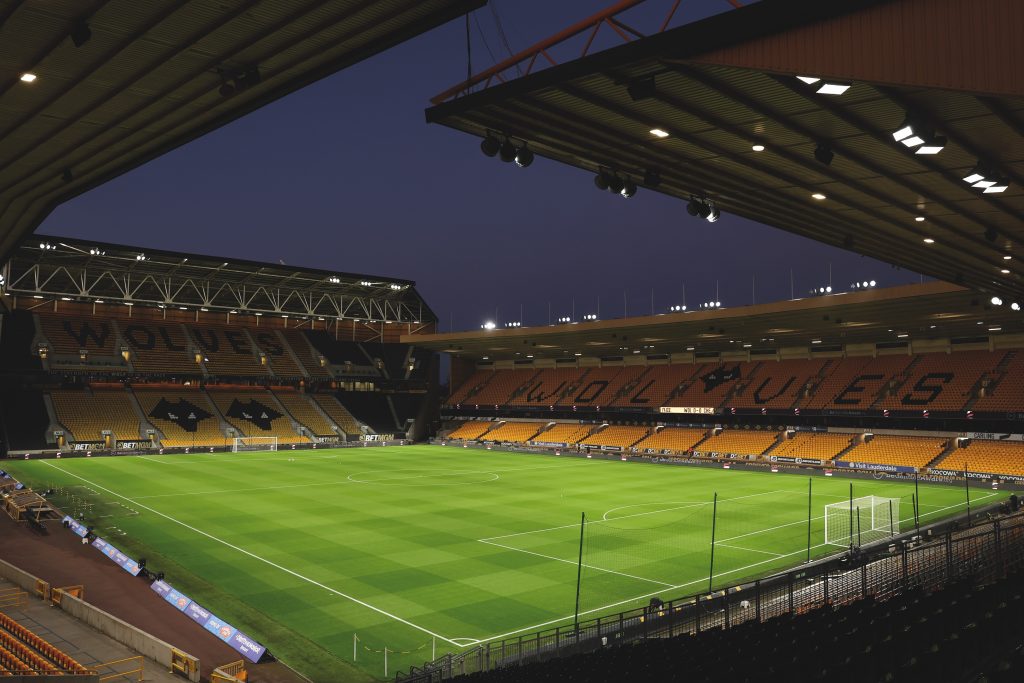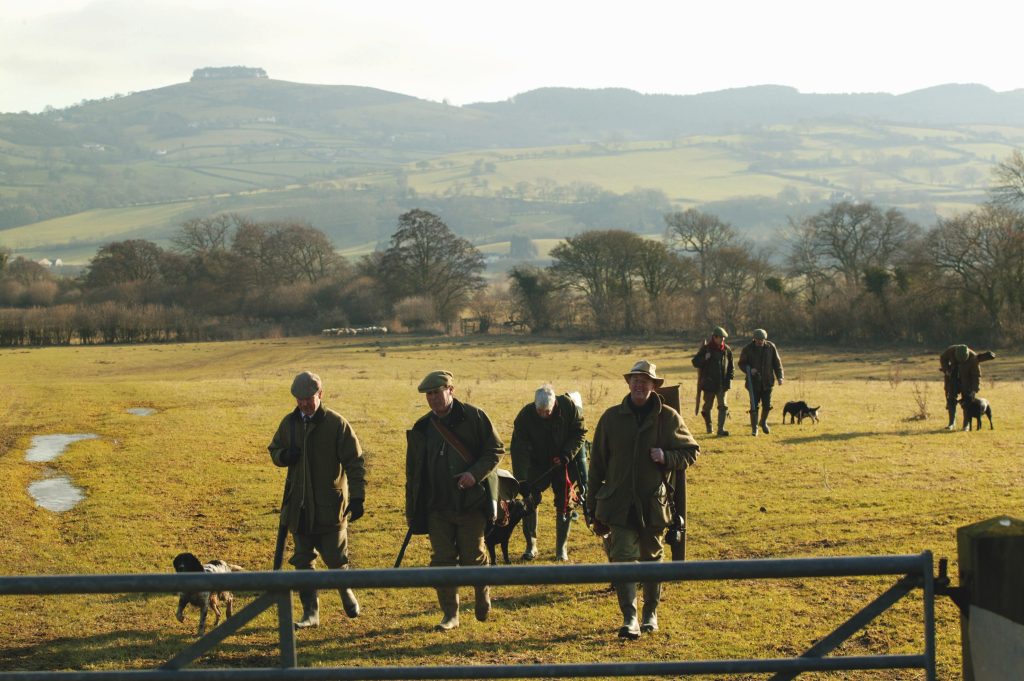Win CENS ProFlex DX5 earplugs worth £1,149 – enter here
When clay shooting what makes a ‘no bird’?
When clay shooting - when is a ‘no bird’ a ‘no bird?’ How does this rule apply if I’ve already broken the first of a pair on report?
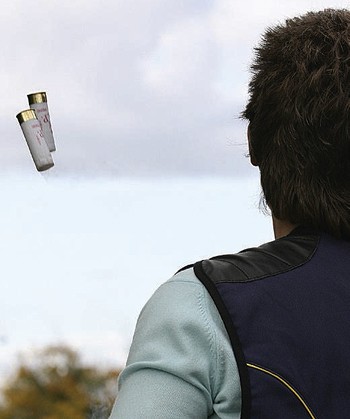
Clay pigeon shooting
JOHN BIDWELL
A referee will call no bird if either of the two targets breaks on leaving the trap, or in flight before a shot is taken.
He will also call no bird if the clays flight path is clearly different to that of those thrown previously.
If you break the first of an on-report double and the second is a no bird then the referee will say pair again, first bird established in other words it will be marked down as a kill.
This means that even if you miss the first bird in the repeat double the kill still counts: its the second bird you need to hit to complete the double.
If you are shooting in a FITASC Sporting competition the same rule applies where on-report doubles are concerned but take care not to incur a penalty from the referee by not making a valid attempt to hit the first bird of the repeat pair.
With no safety cage to restrain a shooter the course designer might present the second of an on report pair in such a way that you are forced to adopt a considerable change in stance to stand any chance of hitting the second target.
In situations like this its tempting to position yourself for the second shot and ignore the first by mounting the gun, firing into thin air then dropping smoothly into place to deal with the second target.
Some refs might turn a blind eye to your antics, but others might not be so lenient. Youve been warned!
Related Articles
Get the latest news delivered direct to your door
Subscribe to Shooting Times & Country
Discover the ultimate companion for field sports enthusiasts with Shooting Times & Country Magazine, the UK’s leading weekly publication that has been at the forefront of shooting culture since 1882. Subscribers gain access to expert tips, comprehensive gear reviews, seasonal advice and a vibrant community of like-minded shooters.
Save on shop price when you subscribe with weekly issues featuring in-depth articles on gundog training, exclusive member offers and access to the digital back issue library. A Shooting Times & Country subscription is more than a magazine, don’t just read about the countryside; immerse yourself in its most authoritative and engaging publication.



